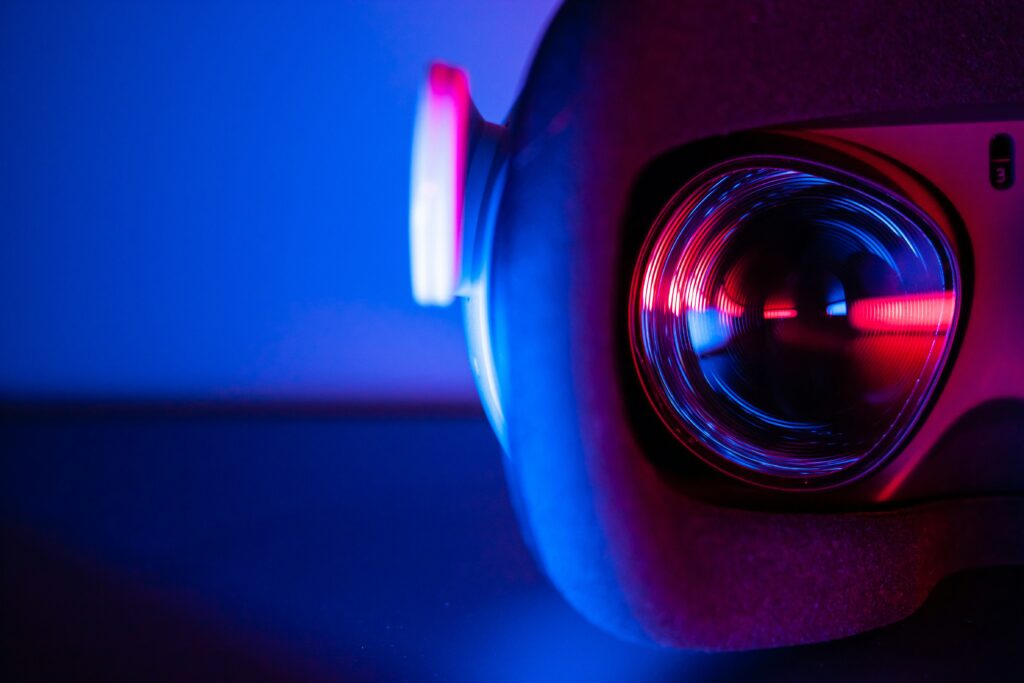The past year has witnessed an unprecedented surge in AI integration within consumer electronics and industrial hardware. What began as software-driven innovation is now manifesting in tangible, physical devices, fundamentally altering their capabilities. Companies like Apple, Google, and Qualcomm are leading this charge, embedding advanced AI accelerators and Neural Processing Units (NPUs) directly into their latest chipsets. This allows for on-device machine learning capabilities that were previously reliant on energy-intensive and latency-prone cloud processing. This pivotal shift enables AI operations that are faster, more private, and remarkably energy-efficient, paving the way for truly intelligent devices that learn and adapt locally. For instance, at major tech showcases like CES 2024, numerous manufacturers unveiled new generations of smart home hubs, smartphones, and even specialized industrial sensors featuring dedicated NPUs. These devices can learn user habits, predict needs, and execute complex tasks with minimal or no internet connectivity, signifying a powerful move towards autonomous intelligent systems that enhance both performance and user privacy.
This rapid technological evolution is reflected in robust market growth. According to a recent report by Grand View Research, the global AI hardware market size was valued at over $150 billion in 2023 and is projected to grow at a compound annual growth rate (CAGR) of over 20% from 2024 to 2030. This impressive growth is fueled by increasing demand for sophisticated edge computing solutions, the proliferation of autonomous systems across various sectors, and the growing need for powerful processing to handle cutting-edge generative AI applications that demand robust local computational power. The integration of AI into the very fabric of devices is no longer merely a niche feature or an experimental add-on; it has become a critical differentiator and a core driver of innovation. This trend is pushing the boundaries of what’s possible in everything from the next generation of smartphones and smart wearables to advanced medical devices and sophisticated industrial automation systems. This accelerated expansion underscores the industry’s unwavering confidence in AI-powered hardware as the next major technological frontier that will redefine our relationship with technology.
The practical implications of these AI-driven gadgets are profound and far-reaching, directly impacting our daily lives, professional workflows, and even societal structures. In the realm of personal well-being, smart wearables are now evolving beyond basic fitness trackers. Equipped with advanced AI, they can offer highly personalized health insights, detecting early signs of illness, stress, or irregular heart patterns with unprecedented accuracy through continuous, intelligent monitoring. Similarly, smart assistants are transforming from reactive command-responders into proactive, conversational partners, anticipating user needs and offering timely suggestions. In the professional sphere, AI-powered tools are revolutionizing nearly every workflow imaginable. For example, smart cameras integrated with AI object recognition are significantly enhancing security systems, offering real-time threat detection and improved surveillance capabilities. Meanwhile, intelligent sensors deployed in manufacturing and logistics are optimizing industrial processes by accurately predicting equipment failures, managing inventory, and streamlining supply chains. This advanced level of predictive intelligence and seamless integration drastically improves efficiency, enhances convenience, and makes technology feel less like a tool and more like an intuitive, invaluable partner in our lives.
Looking ahead, experts widely anticipate that AI’s deeper and more pervasive integration into hardware will continue to democratize advanced computational power, making sophisticated AI capabilities accessible to a broader audience and a wider array of applications. Dr. Anya Sharma, a leading AI researcher at Stanford University, recently predicted, ‘The next five years will see a dramatic shift from cloud-centric AI to ubiquitous edge AI, where devices can perform increasingly complex tasks autonomously. This not only reduces latency and energy consumption but also significantly enhances data privacy by keeping sensitive information localized.’ This monumental shift is poised to pave the way for entirely new categories of gadgets that we can barely imagine today, from hyper-personalized learning companions that adapt to individual cognitive styles to sophisticated robotic assistants capable of performing intricate manual tasks with human-like dexterity and precision. The potent synergy between cutting-edge hardware innovations and ever-evolving, sophisticated AI algorithms is set to unlock truly transformative experiences, blurring the lines between the digital and physical realms in ways that promise to profoundly reshape our future. To understand the broader impact of AI, particularly in its role in shaping software, you might find our article on AI in Software Development: Trends and Future Outlook highly informative. For more in-depth insights and breaking news on the latest AI hardware developments, you can explore credible resources such as TechCrunch’s dedicated AI Hardware section.

